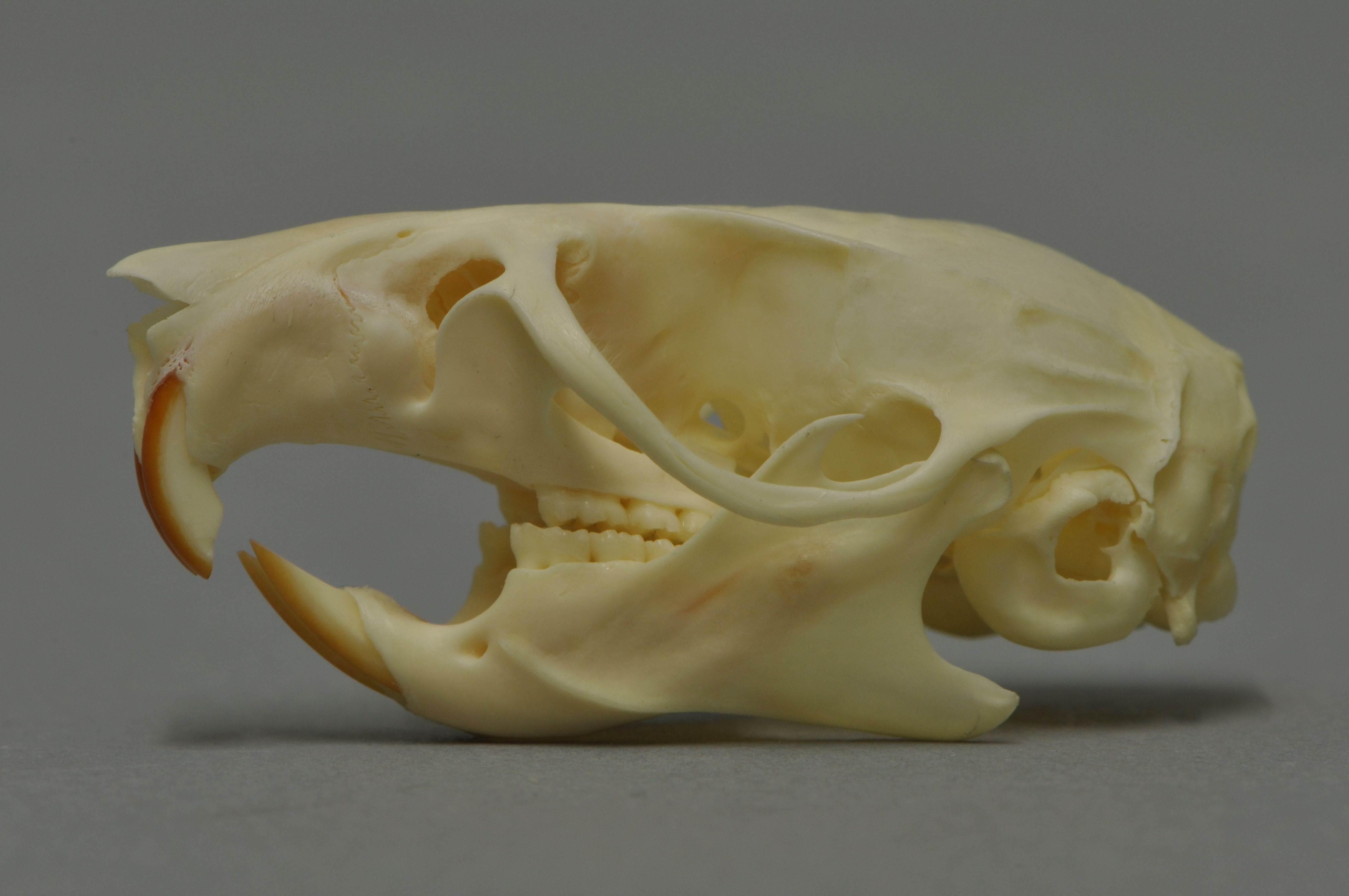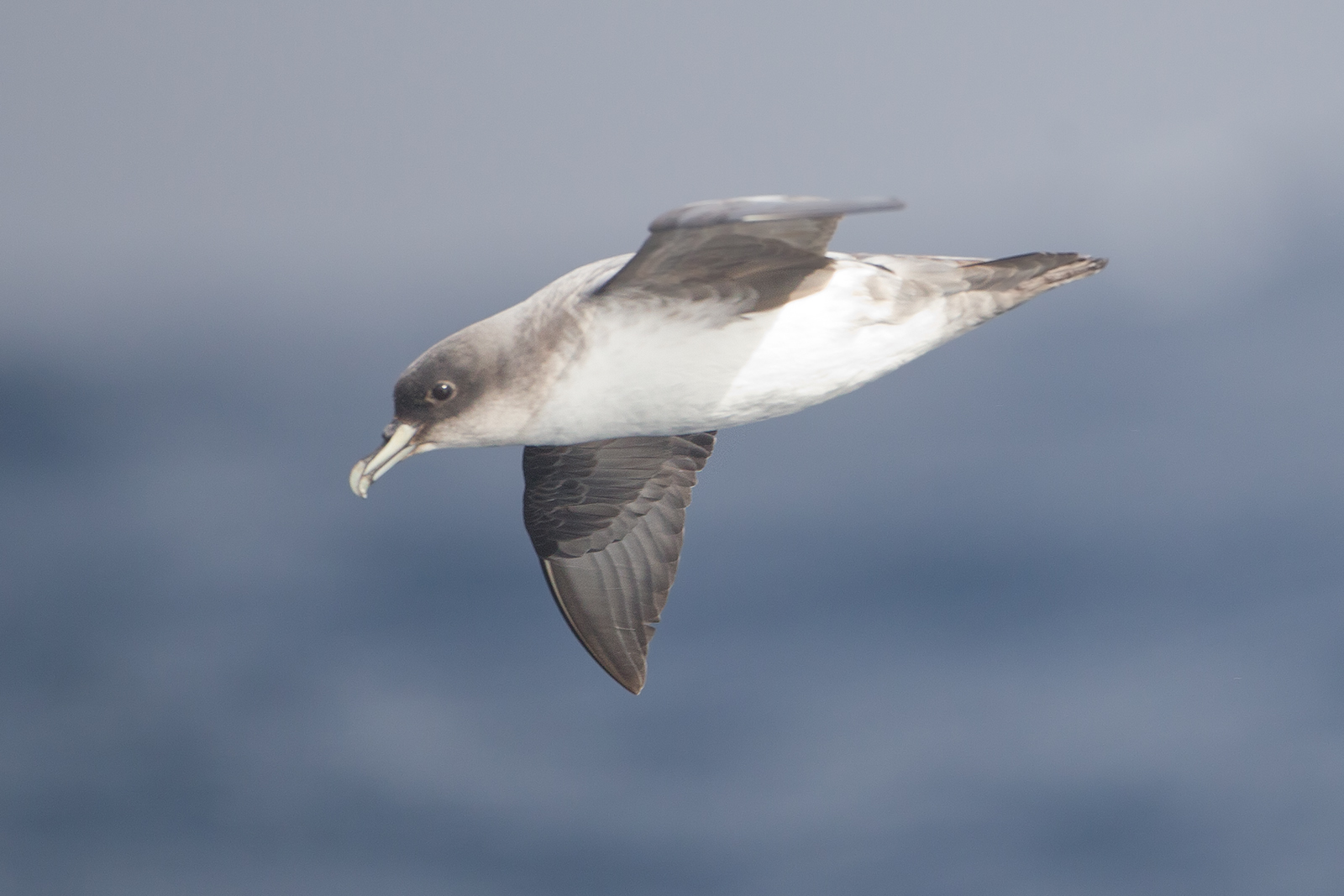|
Black Petrel
The black petrel (''Procellaria parkinsoni''), also called the Parkinson's petrel, is a medium-sized, black-plumaged petrel, the smallest of the ''Procellaria''. The species is an endemic breeder of New Zealand, breeding only on Great Barrier Island and Little Barrier Island, off the North Island. At sea it disperses as far as Australia and Ecuador. Taxonomy The black petrel was formally described in 1862 by the English zoologist George Robert Gray in a list of birds from New Zealand. He coined the binomial name ''Procellaria parkinsoni''. The genus name is from the Latin ''procella'' meaning "storm" or "gale". The specific epithet ''parkinsoni'' was chosen to honour the artist and collector Sydney Parkinson. The species is considered to be monotypic: no subspecies are recognised. Description The plumage of the black petrel is all black, as are its legs and bill except for pale sections on the bill. It is a medium-sized petrel: males average about , females around . It has an ... [...More Info...] [...Related Items...] OR: [Wikipedia] [Google] [Baidu] |
George Robert Gray
George Robert Gray FRS (8 July 1808 – 6 May 1872) was an English zoologist and author, and head of the ornithological section of the British Museum, now the Natural History Museum, in London for forty-one years. He was the younger brother of the zoologist John Edward Gray and the son of the botanist Samuel Frederick Gray. George Gray's most important publication was his ''Genera of Birds'' (1844–49), illustrated by David William Mitchell and Joseph Wolf, which included 46,000 references. Biography He was born in Little Chelsea, London, to Samuel Frederick Gray, naturalist and pharmacologist, and Elizabeth (née Forfeit), his wife. He was educated at Merchant Taylor's School. Gray started at the British Museum as Assistant Keeper of the Zoology Branch in 1831. He began by cataloguing insects, and published an ''Entomology of Australia'' (1833) and contributed the entomogical section to an English edition of Georges Cuvier's ''Animal Kingdom''. Gray described many spec ... [...More Info...] [...Related Items...] OR: [Wikipedia] [Google] [Baidu] |
Subspecies
In biological classification, subspecies is a rank below species, used for populations that live in different areas and vary in size, shape, or other physical characteristics (morphology), but that can successfully interbreed. Not all species have subspecies, but for those that do there must be at least two. Subspecies is abbreviated subsp. or ssp. and the singular and plural forms are the same ("the subspecies is" or "the subspecies are"). In zoology, under the International Code of Zoological Nomenclature, the subspecies is the only taxonomic rank below that of species that can receive a name. In botany and mycology, under the International Code of Nomenclature for algae, fungi, and plants, other infraspecific ranks, such as variety, may be named. In bacteriology and virology, under standard bacterial nomenclature and virus nomenclature, there are recommendations but not strict requirements for recognizing other important infraspecific ranks. A taxonomist decides whether ... [...More Info...] [...Related Items...] OR: [Wikipedia] [Google] [Baidu] |
Birds Described In 1862
Birds are a group of warm-blooded vertebrates constituting the class Aves (), characterised by feathers, toothless beaked jaws, the laying of hard-shelled eggs, a high metabolic rate, a four-chambered heart, and a strong yet lightweight skeleton. Birds live worldwide and range in size from the bee hummingbird to the ostrich. There are about ten thousand living species, more than half of which are passerine, or "perching" birds. Birds have whose development varies according to species; the only known groups without wings are the extinct moa and elephant birds. Wings, which are modified forelimbs, gave birds the ability to fly, although further evolution has led to the loss of flight in some birds, including ratites, penguins, and diverse endemic island species. The digestive and respiratory systems of birds are also uniquely adapted for flight. Some bird species of aquatic environments, particularly seabirds and some waterbirds, have further evolved for swimming. ... [...More Info...] [...Related Items...] OR: [Wikipedia] [Google] [Baidu] |
Mount Hobson (Great Barrier Island)
Mount Hobson ( mi, Hirakimatā) is the highest mountain on Great Barrier Island, New Zealand. Located in the centre of the island, it rises above sea level. Geography Various mountain tracks allow relatively easy access to the summit, with the shortest (2 hour) track leading through the famous Windy Canyon. Great views over the island to the Coromandel Peninsula and the Poor Knights Islands are often possible from the top of the mountain. The summit area is a breeding ground for the black petrel, (from 'Nic's outdoors' on ) and the track in this part is mostly composed of boardwalks and stairs to protect the breeding areas and prevent erosion. A number of rare and declinin ... [...More Info...] [...Related Items...] OR: [Wikipedia] [Google] [Baidu] |
Black Rat
The black rat (''Rattus rattus''), also known as the roof rat, ship rat, or house rat, is a common long-tailed rodent of the stereotypical rat genus ''Rattus'', in the subfamily Murinae. It likely originated in the Indian subcontinent, but is now found worldwide. The black rat is black to light brown in colour with a lighter underside. It is a generalist omnivore and a serious pest to farmers because it feeds on a wide range of agricultural crops. It is sometimes kept as a pet. In parts of India, it is considered sacred and respected in the Karni Mata Temple in Deshnoke. Taxonomy ''Mus rattus'' was the scientific name proposed by Carl Linnaeus in 1758 for the black rat. Three subspecies were once recognized, but today are considered invalid and are now known to be actually color morphs: *''Rattus rattus rattus'' – roof rat *''Rattus rattus alexandrinus'' – Alexandrine rat *''Rattus rattus frugivorus'' – fruit rat Characteristics A typical adult black rat is long, n ... [...More Info...] [...Related Items...] OR: [Wikipedia] [Google] [Baidu] |
Polynesian Rat
The Polynesian rat, Pacific rat or little rat (''Rattus exulans''), known to the Māori as ''kiore'', is the third most widespread species of rat in the world behind the brown rat and black rat. The Polynesian rat originated in Southeast Asia, and like its relatives has become widespread, migrating to most of Polynesia, including New Zealand, Easter Island, and Hawaii. It shares high adaptability with other rat species extending to many environments, from grasslands to forests. It is also closely associated with humans, who provide easy access to food. It has become a major pest in most areas of its distribution. Description The Polynesian rat is similar in appearance to other rats, such as the black rat and the brown rat. It has large, round ears, a pointed snout, black/brown hair with a lighter belly, and comparatively small feet. It has a thin, long body, reaching up to in length from the nose to the base of the tail, making it slightly smaller than other human-associated r ... [...More Info...] [...Related Items...] OR: [Wikipedia] [Google] [Baidu] |
Hyperoglyphe Antarctica
''Hyperoglyphe antarctica'', the Antarctic butterfish, bluenose warehou, deepsea trevally, blue eye trevalla, blue-eye cod, bluenose sea bass, or deep sea trevalla, is a medusafish of the family '' Centrolophidae'' found in all the southern oceans, at depths of between 40 and 1,500 m. Its length is up to about 140 cm, with a maximum published weight of 60 kg. Antarctic butterfish have a dark blue body above and lighter blue below with large eyes (another name for this fish is big eye). Larger individuals have a bronze sheen along the flanks. They can grow to 1.4 m in length and over 50 kg in weight. Studies have shown that fish between 62 and 72 cm are mature and range in age between 8–12 years respectively. Mature females can produce between 2 million and 11 million eggs prior to spawning. Blue eye mainly feed on the tunicate ''Pyrosoma atlantica''. However, they will feed on a range of fish, molluscs, squid and crustaceans, and are also cannibalisti ... [...More Info...] [...Related Items...] OR: [Wikipedia] [Google] [Baidu] |
Australasian Snapper
The Australasian snapper (''Chrysophrys auratus'') or silver seabream is a species of porgie found in coastal waters of Australia, Philippines, Indonesia, mainland China, Taiwan, Japan and New Zealand. Its distribution areas in the Northern and Southern Hemispheres are disjunct. Although it is almost universally known in Australia and New Zealand as snapper, it does not belong to the snapper family, Lutjanidae. It is highly prized as an edible fish, with a sweet sea taste and a firm texture. The species name is ''Chrysophrys auratus'', but previously referred to as ''Pagrus auratus''. Regional variation in naming Australia: cocknies (young smaller than legal size), red bream or pinkies (legal size), squire or squirefish (when bigger), snapper (at full size) Western Australia: "pink snapper" to distinguish it from unrelated species Victoria: also schnapper (ref: Schnapper Point, Mornington) South Australia: the name "ruggers" is often used for smaller fish of legal size Abo ... [...More Info...] [...Related Items...] OR: [Wikipedia] [Google] [Baidu] |
Black Petrel SOARA
Black is a color which results from the absence or complete absorption of visible light. It is an achromatic color, without hue, like white and grey. It is often used symbolically or figuratively to represent darkness. Black and white have often been used to describe opposites such as good and evil, the Dark Ages versus Age of Enlightenment, and night versus day. Since the Middle Ages, black has been the symbolic color of solemnity and authority, and for this reason it is still commonly worn by judges and magistrates. Black was one of the first colors used by artists in Neolithic cave paintings. It was used in ancient Egypt and Greece as the color of the underworld. In the Roman Empire, it became the color of mourning, and over the centuries it was frequently associated with death, evil, witches, and magic. In the 14th century, it was worn by royalty, clergy, judges, and government officials in much of Europe. It became the color worn by English romantic poets, businessmen a ... [...More Info...] [...Related Items...] OR: [Wikipedia] [Google] [Baidu] |
Procellaria Parkinsoni 2690170
Procellaria is a genus of Southern Ocean long-winged seabirds related to prions, and within the order Procellariiformes. The black petrel (''Procellaria parkinsoni'') ranges in the Pacific Ocean, and as far north as Central America. The spectacled petrel (''Procellaria conspicillata'') is confined to the Atlantic Ocean, and the Westland petrel (''Procellaria westlandica'') to the Pacific Ocean. The white-chinned (''Procellaria aequincotialis'') and grey petrel (''Procellaria cinerea'') range throughout the higher latitudes of the Southern Ocean. Taxonomy The genus ''Procellaria'' was introduced in 1758 by the Swedish naturalist Carl Linnaeus in the tenth edition of his ''Systema Naturae''. The name is from the Latin ''procella'' meaning "storm" or "gale". The type species was designated as the white-chinned petrel by George Robert Gray in 1840. The genus ''Procellaria'' is within the Procellariinae clade, which includes the Shearwaters (a monophyletic group comprising '' ... [...More Info...] [...Related Items...] OR: [Wikipedia] [Google] [Baidu] |
Hauraki Gulf
The Hauraki Gulf / Tīkapa Moana is a coastal feature of the North Island of New Zealand. It has an area of 4000 km2, Zeldisl, J. R. et al. (1995) Salp grazing: effects on phytoplankton abundance, vertical distribution and taxonomic composition in a coastal habitat. Marine Ecology Progress Series, Vol. 126, p 267-283 and lies between, in anticlockwise order, the , the Hauraki Plains, the , and [...More Info...] [...Related Items...] OR: [Wikipedia] [Google] [Baidu] |
.jpg)


.jpg)




